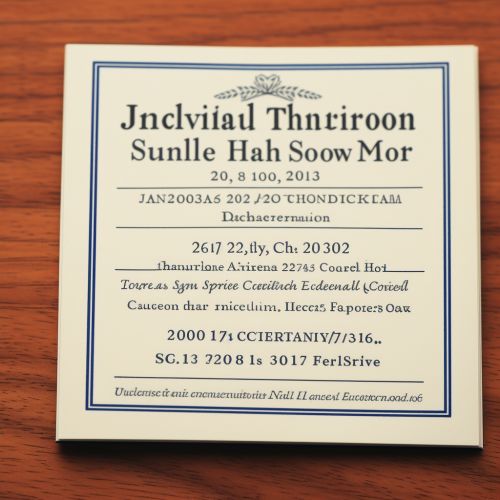Insecticides
Introduction
Insecticides are substances used to kill insects. They include ovicides and larvicides used against insect eggs and larvae, respectively. Insecticides are used in agriculture, medicine, industry and by consumers. Insecticides are claimed to be a major factor behind the increase in the 20th-century's agricultural productivity. Nearly all insecticides have the potential to significantly alter ecosystems; many are toxic to humans and/or animals; some become concentrated as they spread along the food chain.[1]


Classification
Insecticides can be classified into two major groups: systemic insecticides, which have residual or long term activity; and contact insecticides, which have no residual activity.
Systemic Insecticides
Systemic insecticides are those that are transported throughout the plant by its own vascular system. They are applied in a number of ways: as a soil drench, seed treatment, or as a foliar spray. The insecticide can then be ingested by the target pests as they feed on the plants.
Contact Insecticides
Contact insecticides are toxic to insects upon direct contact. These can be inorganic insecticides, which are metals and include the arsenates, copper and fluorine compounds, and the natural or inorganic compounds, such as pyrethrum and nicotine.
Mode of Action
Insecticides work in different ways. Some insecticides disrupt the nervous system, whereas others may damage their exoskeletons, repel them or control them by some other means.
Nervous System Disruption
Insecticides such as organophosphates and carbamates primarily act on the insect's nervous system. They work by blocking the enzyme acetylcholinesterase, causing an excess of acetylcholine. This causes the insect's nervous system to become overactive and eventually leads to paralysis and death.
Exoskeleton Damage
Insecticides like DDT and pyrethroids work by damaging the protective exoskeleton of insects. These insecticides cause the exoskeleton to become brittle, which leads to the insect's death.
Resistance
Insects may evolve resistance to an insecticide, necessitating the development of new compounds. According to the Insecticide Resistance Action Committee, resistance to at least one insecticide has been documented in over 500 species of insects.
Environmental Effects
Insecticides can have various effects on the environment. They can contaminate water sources, harm non-target insects, and cause secondary pest outbreaks. Some insecticides, like the neonicotinoids, have been found to harm bees, which are important pollinators.
Regulation
The use of insecticides is believed to be one of the major factors behind the increase in agricultural productivity in the 20th century. However, the adverse effects of insecticides on the environment, including on non-target species and the balance of ecosystems, have led to many of these substances being banned, while regulations have limited and/or reduced the health risks associated with insecticides, mainly through their proper application.
See Also
References
- ↑ == Overview ==
A "Cite journal" template is a predefined format used in academic and scientific writing to provide a consistent method of citing sources from journal articles. The template is designed to ensure that all necessary information is included and presented in a standard format, making it easier for readers to locate the original source of the information. This template is widely used in Wikipedia and other online encyclopedias to maintain a high level of academic integrity and to adhere to the principles of citation and avoiding plagiarism.
Usage
The "Cite journal" template is used by inserting the template code into the text of an article at the point where the citation is required. The template code includes various fields that need to be filled in with the details of the journal article being cited. These fields include the author(s), title of the article, title of the journal, volume and issue number, publication date, page numbers, and DOI (Digital Object Identifier) if available.

A close-up view of a journal article citation in a bibliography. The citation includes the author's name, the title of the article, the name of the journal, the volume and issue number, the year of publication, and the page numbers. 
A close-up view of a journal article citation in a bibliography. The citation includes the author's name, the title of the article, the name of the journal, the volume and issue number, the year of publication, and the page numbers. Fields
The "Cite journal" template includes several fields that are used to provide detailed information about the journal article being cited. These fields are:
- Author: The name(s) of the author(s) of the journal article. This field is mandatory.
- Title: The title of the journal article. This field is mandatory.
- Journal: The name of the journal in which the article was published. This field is mandatory.
- Volume: The volume number of the journal in which the article was published.
- Issue: The issue number of the journal in which the article was published.
- Pages: The page numbers of the article in the journal.
- Year: The year in which the article was published. This field is mandatory.
- DOI: The Digital Object Identifier of the article, if available. This is a unique alphanumeric string assigned to a digital object, such as a research report or a journal article, to provide a persistent link to its location on the internet.
Benefits
The use of the "Cite journal" template offers several benefits. It ensures that all necessary information about a source is included in a citation, which helps readers to locate the original source of the information. The template also provides a consistent format for citations, which makes it easier for readers to understand the citation and for editors to check the accuracy of the citation. Furthermore, the use of the template helps to maintain the credibility and integrity of the article by demonstrating that the information has been sourced from reputable and reliable sources.
Limitations
While the "Cite journal" template is a valuable tool for citing journal articles, it does have some limitations. The template may not be suitable for citing sources that are not journal articles, such as books, websites, or personal communications. In these cases, other citation templates may be more appropriate. Additionally, the template requires detailed information about the source, which may not always be readily available. Finally, the use of the template requires a certain level of technical knowledge and familiarity with the template code, which may be a barrier for some users.
See Also
